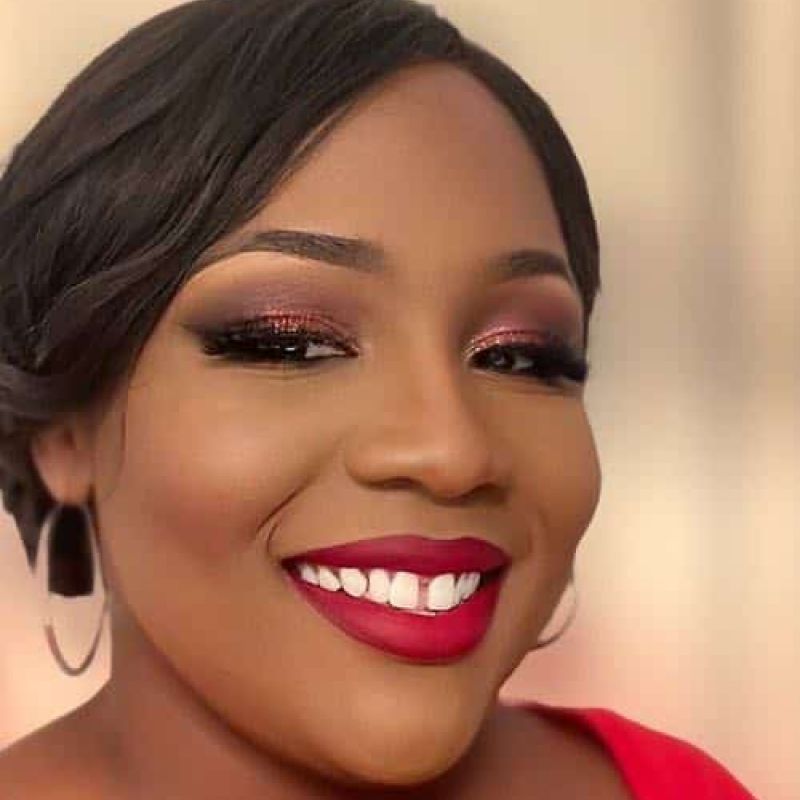From Our Blog

If your contemporary fiction features teens and young adults, and you’re part of an older generation, you may benefit from insights into Gen Z.
Here, we’ll define current generations (specifically in the U.S.), what makes each unique, and how that can relate to your characters.
As with all generational insights, it’s important not to stereotype, or lump all people within a generation together. …

In today’s fast-paced society, it’s extremely common to shorten or truncate language in order to get a message across quickly and efficiently. We can see this penchant for abbreviation in things like the 250-character tweet or text messages filled with linguistic acronyms meant to convey broad meanings with as few letters as possible. While code-switching can truncate language, it is much more …

If you want your story to connect with the reader and be memorable, it’s not enough to simply tell a story and explain the characters’ feelings. Instead, you need to immerse your reader in a myriad of emotions to experience the story and really make them really feel.
So if you have ever received feedback such as: I didn’t connect with the characters or The story lacked emotional depth, or perha…
